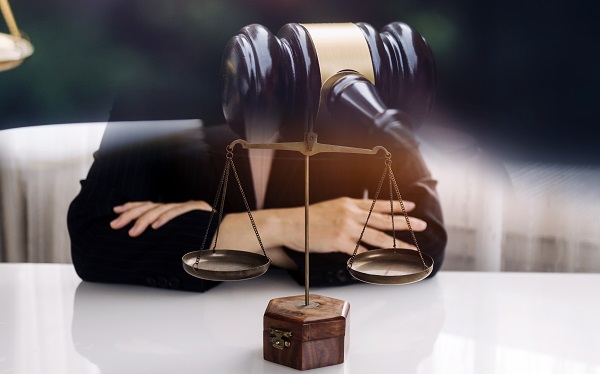


Class action lawsuits are unique in their ability to represent a large group of individuals who have suffered similar harms. These lawsuits can range from consumer fraud cases, such as misleading advertising and defective products, to more complex legal issues like employment discrimination and environmental disasters. By consolidating numerous individual claims into one, class actions provide an efficient means to address widespread grievances.
In a class action, a single plaintiff or a small group of plaintiffs bring the case to court on behalf of all affected parties. This collective approach enables individuals, who might otherwise lack the resources, to seek justice against powerful corporations or entities. Common examples include cases involving defective household appliances, construction products, and financial misrepresentation, which can significantly impact many people.
Moreover, there are specific types of class actions like securities class actions, where shareholders unite to sue companies for financial misdeeds, and product liability class actions, targeting manufacturers of defective goods. These lawsuits play a critical role in maintaining corporate accountability and ensuring that victims receive compensation for their losses.
Types of Class Action Lawsuits
Class action lawsuits enable a group of people who share common grievances to collectively bring a claim against a defendant. Such lawsuits often involve consumer protection, employment law violations, securities, antitrust issues, and environmental concerns. Pogust Goodhead is an international law firm that specializes in class action lawsuits.
Consumer Protection and Product Liability
Consumer protection class actions often deal with cases where customers allege that they have been deceived or harmed by a product or service. Product liability claims are also common, involving plaintiffs who assert that a defective product caused injury or financial loss.
Common defendants in these cases include manufacturers or service providers. Successful litigation can result in settlements or verdicts that provide compensation to all affected consumers.
Employment and Labor Law Violations
In employment class actions, plaintiffs frequently address overtime pay, unpaid wages, or workplace discrimination. These lawsuits can also cover issues like wrongful termination and failure to comply with labor laws.
Employees often sue their employers with the help of specialized attorneys. These lawsuits can lead to significant settlements, forcing defendants to compensate the plaintiffs for any monetary and emotional distress suffered.
Securities and Antitrust Violations
Securities class actions are typically brought by investors who have suffered financial losses due to securities fraud or investment fraud. These often involve allegations of misleading financial statements or fraudulent activities that affect stock prices.
Plaintiffs aim to recover their investments, and these cases can result in substantial compensation if a verdict is reached in their favor. Antitrust violations involve claims against companies engaging in non-competitive practices that harm consumers or other businesses.
Environmental and Public Health Claims
Environmental class action lawsuits address issues such as pollution, water contamination, and other forms of environmental harm. Plaintiffs usually include residents of the affected area who seek compensation for health issues or property damage.
Defendants in these cases are often industrial companies or municipalities. Settlements may include funds for medical treatment or property cleanup, ensuring that affected communities receive the necessary support.
Class Action Legal Process
The legal process for class action lawsuits involves multiple steps, from initiating the lawsuit to potential settlement or trial. Each stage requires careful coordination and compliance with legal standards, particularly in federal court.
Initiating a Class Action
A class action begins with the formation of a complaint. The complaint outlines the facts of the case and the specific legal rights being asserted. The person initiating this action, called the lead plaintiff, represents the potential class members affected by the same issue.
The complaint must be filed with a court that has jurisdiction, often a federal court if issues span across multiple states. This filing sets the legal process in motion and notifies the court and defendants of the claim and the sought resolution.
Class Certification and Management
Once the lawsuit is filed, the court must certify the class. This process is known as class certification. The judge reviews whether the claims fulfill certain criteria: commonality, adequacy, numerosity, and typicality.
Commonality ensures that the legal issues are shared among all class members. Adequacy checks if the lead plaintiff can fairly represent the class. Numerosity requires a sufficient number of claimants, while typicality demands that the claims of the lead plaintiff are typical of those of the class.
The judge’s decision to certify binds all class members to the judgment or settlement unless they opt out.
Settlement and Trial Options
After certification, parties may pursue settlement or go to trial. Settlements involve negotiating a settlement agreement without a trial, often resulting in a quicker resolution. Settlements can provide immediate compensation and resolve the claim efficiently.
If a settlement isn't reached, the case proceeds to trial, where each side presents evidence and arguments. A jury or the judge then renders a verdict. The outcome is a legally binding judgment that affects all class members. The trial process can be lengthy and result in significant rulings for or against the class.
Both settlements and trials offer different paths to resolution, and each has its own strengths and considerations.
